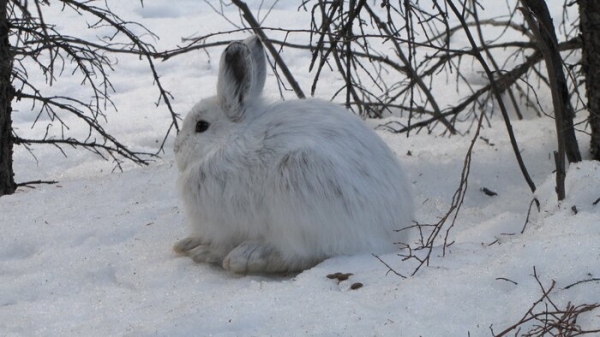Like many animals in the far north, snowshoe hares change their coats from brown to white each autumn. Come winter, these all-white hares are harder for predators to spot against the snowy landscape, helping ensure their survival.
But as global warming reduces snowfall in the region, will the hares’ seasonal color swap continue to keep them safe?
Scientists from the University of Florida and Canada are beginning to answer that question. Their new study, which used 44 years of data on snowshoe hares in Canada’s Yukon Territory, shows that as the region has warmed, hares are waiting longer to turn pure white.
However, the data also suggest that waiting too long can be deadly. The scientists found that hares that were more brown than white in autumn were less likely to survive the winter.
Read more at University of Florida
Image: Snowshoe hare in winter coat in a snowy landscape in Kluane, Yukon, Canada. Pure white winter coat provides camouflage against snow, which reduces risk of being seen and caught by predators. (Credit: Alice Kenney)


